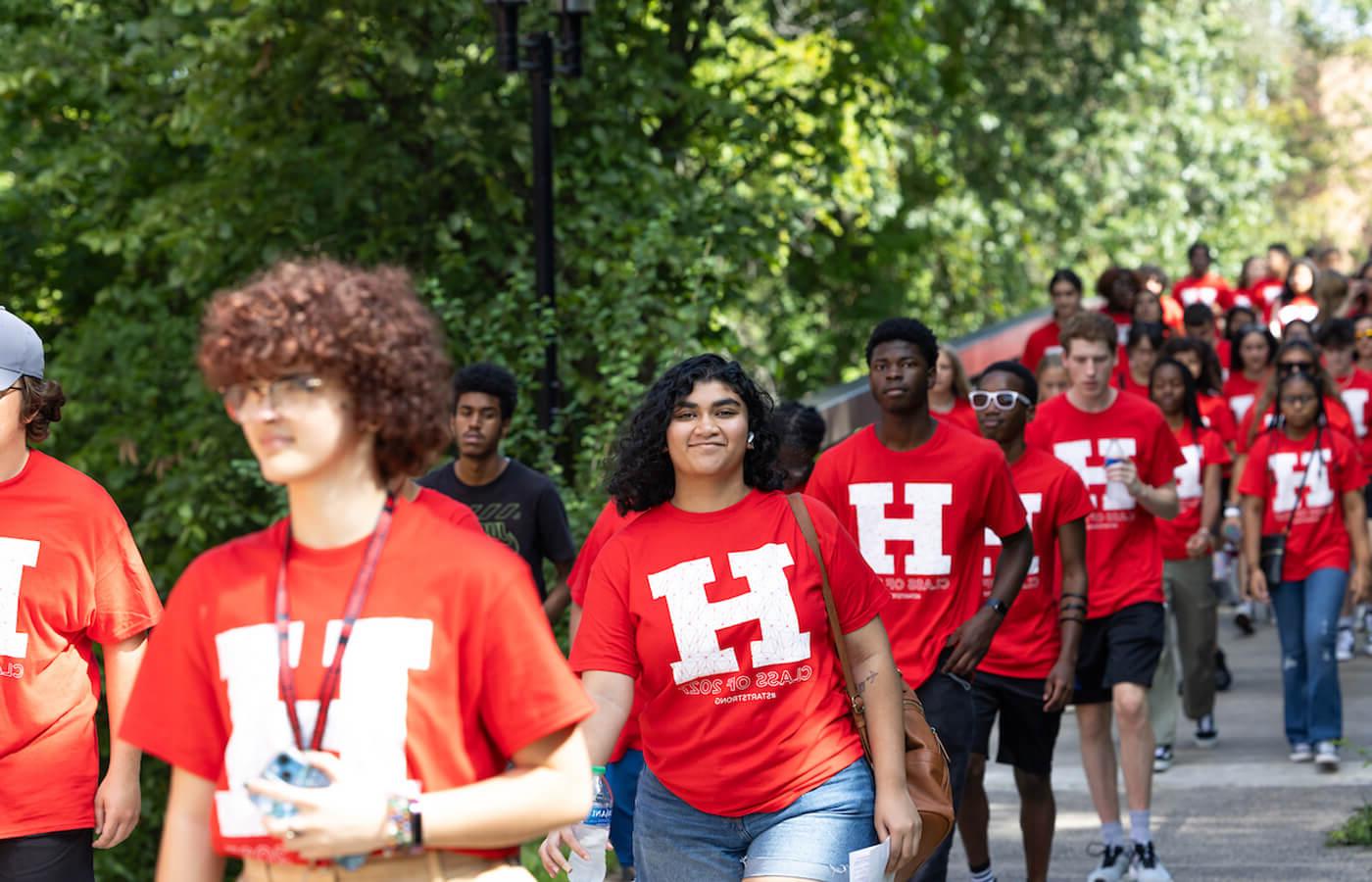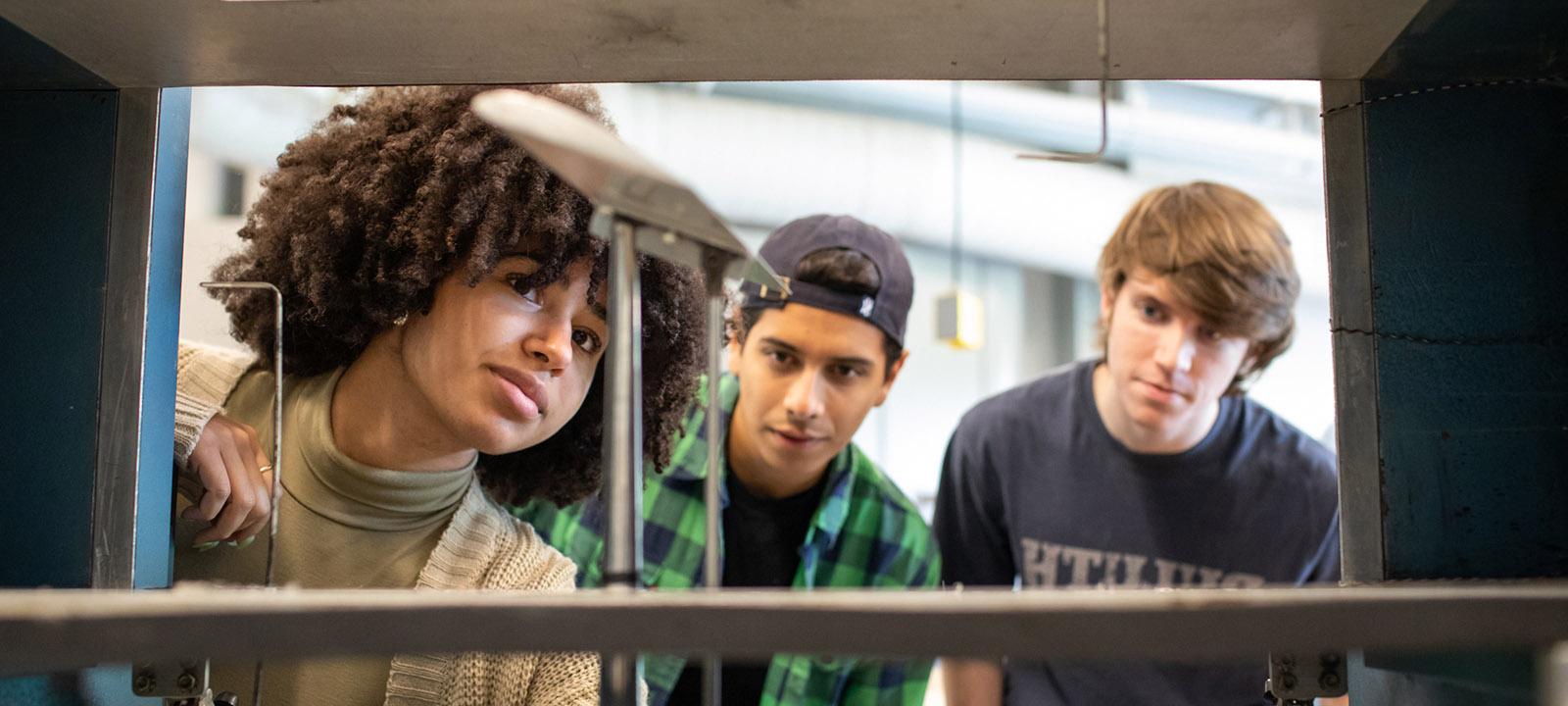The next president will be expected to address the following interconnected priorities:
Lead the University to a vibrant future:
In the face of demographic shifts, competition for resources, and the recent national economic, political, and public health challenges, all of which impacted enrollment and morale, UHart is forging ahead with measures to achieve success. The University is actively engaged in efforts to rebuild a culture of respect and engagement; strengthen enrollment; enhance revenue; expand philanthropic giving; reduce and manage costs; and increase efficiency. UHart has been buoyed by positive developments in enrollment, student retention, housing, and fundraising and is now in an excellent position to build on its history of innovation and success to reimagine its role in the region and the higher education landscape. UHart seeks a president who will inspire the entire community to continue this work while ensuring UHart operates in a financially sound and sustainable manner.
Align resources with strategy:
The University's strategic action plan, UHart Start, was launched in 2020 to serve as a guide through 2025. The next president will want to evaluate the plan and set the stage for a new set of strategic priorities that builds on UHart’s assets with a transformative vision for the University's role in the region and in the future of higher education. In an environment of resource constraints, the next president will also need to work collaboratively and transparently with all constituents to engage them in rethinking the strategic utilization of resources and establishing mutually agreed-upon key performance metrics and incentives that will maximize impact and benefit the entire University.
Foster an environment of trust and respect:
Faculty and staff are passionate about UHart. This is represented in multigenerational families of alums; long tenures among faculty and staff; and faculty and staff whose family members attend UHart. After several years of financial challenges and the controversial decision to move athletics from Division I to Division III, the community seeks a president who can foster an environment of positive morale, respect, and recognition for all members of the community. An important aspect of this will be addressing faculty and staff compensation equity and parity. Following the work of a Faculty and Staff Compensation Committees, supported by the work of Willis Towers Watson, an adjustment to staff salary ranges was implemented in May 2023, and an adjustment to new full-time faculty minimums was implemented in August 2023. Dependent upon institutional finances and other factors, decisions on additional increment or merit pools will be determined later this year. Beyond compensation, the community seeks the president's active engagement with, interest in, and celebration of the individuals who call UHart home. The incoming leader must approach change and decision making with a combination of empathy, transparency, and decisiveness while building a supportive and integrated community where faculty, staff, and students can work and thrive together as one University. Doing so will require patience, goodwill, inclusive leadership, visibility, and consistent and clear communication to all UHart constituencies.
Build on UHart's history of action and commitment to diversity, equity, inclusion, and social justice:
The University of Hartford has actively committed to the values of diversity, equity, inclusion, and social justice since its founding and has a history of enrolling, employing, and supporting a broadly diverse community of learners, scholars, and staff. The president will be expected to continue this legacy in thought, word, and deed.
Leverage UHart's academic programs:
UHart is proud of its distinct academic programs, with seven schools and colleges that offer more than 100 undergraduate and 46 graduate degree programs spanning a wide range of disciplines in the arts, sciences, and business, among others. Some programs, like acoustical engineering and music, can be found at no other university in the country. In establishing a vision for UHart's future, the president will consider how to continue to advance innovative, interdisciplinary opportunities that will leverage UHart's dynamic array of programs while meeting the needs of students and their future employers.
Generate revenue:
UHart's president plays a principal role in building relationships and partnerships that will attract philanthropic and other resources to advance the UHart mission. The president will commit sufficient personal time and energy to friend raising, fundraising, and stewardship. Finally, the new president is expected to actively participate in a more intensive outreach to UHart's more than 80,000 alumni throughout the United States and world to raise their awareness of—and connection and giving to—the University.
Deepen relationships with the greater Hartford community and beyond:
UHart's location in Connecticut’s capital city is a strength and distinction. Centrally located between—and only two hours away from—New York City and Boston, UHart's green and wooded campus runs alongside the city of Hartford at its crossroads with the vibrant towns of West Hartford and Bloomfield. UHart remains invested in the diverse and exciting city whose name it bears, including advancing relationships with different companies and organizations. As the face and voice of the University, the next president will need to convey to all constituents a clear and enthusiastic commitment to UHart, possess knowledge of its strengths and potential, and have the ability to communicate these strengths to others. The president must be able to navigate the local and state political landscape and build positive working relationships with elected officials. The president must broaden bridges to the extended Hartford community by engaging actively with the business, nonprofit, and government sector to identify opportunities that will benefit the community and contribute to the socioeconomic development of the city.














